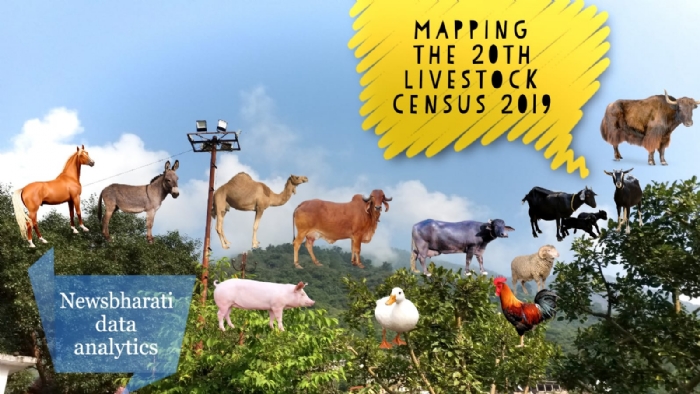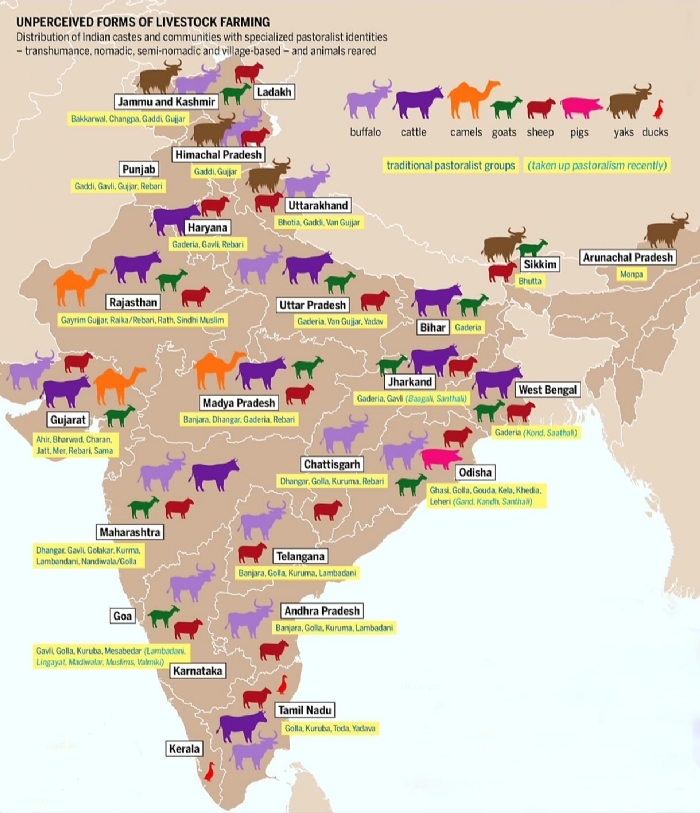Dwindling camels, horses and donkeys amidst India's growing livestock
The 20th livestock census in a nutshell
Total Views |

It was in December 2019 that the 20th livestock census of India was published. The livestock census is a gigantic exercise. The 20th Census covered 27 Crore households in 6.6 lakh villages and 89000 urban wards. It is the first livestock census where field workers used tablets to collect and send data.
Being done after every 5 five years since 1951, it has generated a wealth of information which has not been sufficiently analyzed by experts and hardly generates any debate in public domain and media. The apathy towards the subject is reflected in the fact that even after two years, it is not available on the website of Central Government's animal husbandry department where all previous livestock census are published.
It is one of the largely neglected success story of growth in case of bovines [cattles and buffalos], poultry birds, sheeps and goats. However, camels, horses and donkeys are not that fortunate.
As we can see from the graph, this is not an occasional decrease. The sustained decline of the population of these animals over a long period is an ominous sign. It is overlooked perhaps because of the fact that they together form a tiny fraction - 0.23% in 20th livestock census - of the total livestock.
The reasons for each animal's population growth or decline are complex. Traditionally some of our nomadic and semi-nomadic tribes - transhumance in modern terminology - were mostly responsible for rearing these animals.

image credit: eu.boell.org
These tribes along with other social segments are undergoing transformation. New entities like AMUL are coming up. Government policies, enviornmental changes, social changes all are cumulatively affecting the fate of these animals. In a special series of articles, newsbharati will focus on all these animals, people associated with these animals, economic aspects of livestock business - it has a 4% share in nation's GVA and it's share in agricultural GDP is 25%- and other angles related to the subject.

